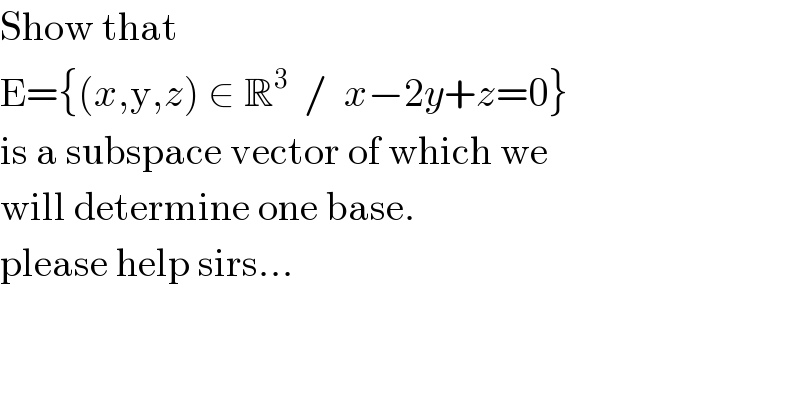
Question and Answers Forum
Question Number 79111 by mathocean1 last updated on 22/Jan/20

Commented by mathmax by abdo last updated on 22/Jan/20

Commented by mathocean1 last updated on 22/Jan/20

Commented by mathmax by abdo last updated on 23/Jan/20

| ||
Question and Answers Forum | ||
Question Number 79111 by mathocean1 last updated on 22/Jan/20 | ||
 | ||
Commented by mathmax by abdo last updated on 22/Jan/20 | ||
 | ||
Commented by mathocean1 last updated on 22/Jan/20 | ||
 | ||
Commented by mathmax by abdo last updated on 23/Jan/20 | ||
 | ||